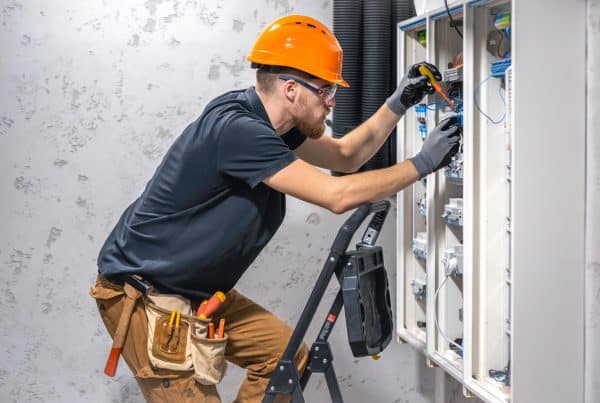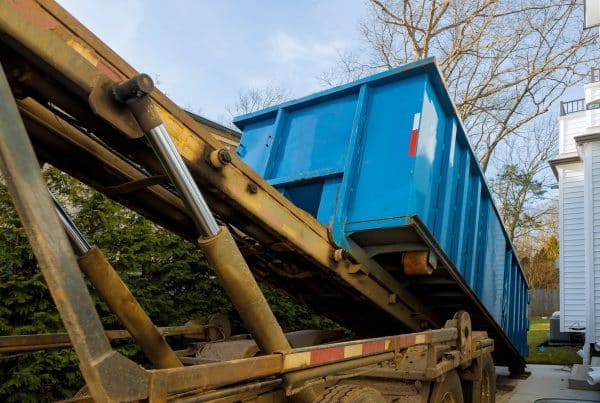Windows glass is delicate, and most manufacturers and suppliers who offer delivery have vehicles made explicitly for moving glass sheets and window frames. When you work with one of these businesses, shipping is risk-free and stress-free.
But, if you have to move your windows yourself, you must understand what to do. Continue reading to learn more about safely transporting large windows to your building site.
Wrap Individual Windows in Stretch Foil and Place Sponge Layers Between Windows
If you are only moving one window, the risk is lower. Stretch foil is the finest type of protection for transporting a single window.
Why is it a good idea to use stretch foil? Stretch foil is very stretchy and long-lasting. When wrapped around a window, stretch foil keeps the panes tightly connected and less likely to crack or shatter while experiencing a few bumps and rattles.
If transporting multiple windows, you can wrap each window individually in stretch foil and place a sponge between every window as an additional precautionary action. Once the sponge layers are set, bundle the windows together using straps to create a secure unit.
Load Glass Upright at an Angle of 45 Degrees
The majority of individuals concur that windows should never be transported flat. That’s because window panes and frames frequently break when carried while lying flat.
When the pickup truck travels over bumps and knocks, the wider surface area of the glass and frame sitting on the truck’s bed is much more fragile. Vibrations of a smooth drive may also prove harmful if a window is transported in a flat position.
To minimize possible damage, stack windows close to each other upright at an angle of 45 degrees. A 45-degree angle relieves a large portion of the load on the window frame and lessens the vibration and pressure applied to the base the window is sitting on. Windows placed at a 45-degree angle are less likely to break during transportation.
Cover The Truck Bed with A Mat or Non-Slip Material
Anything stacked atop a truck can slip or fall over the side of the vehicle. Securing the windows with straps will reduce these hazards, but you should take extra precautions to ensure there is zero chance of slipping or sliding during transit.
You can use a mat if your truck lacks a non-slip lining on the inside. Place a non-slip mat in the vehicle before you bring in the windows. The non-slip material will reduce the possible motion of the windows and other items being hauled in your truck.
While doing things DIY is always fun, you can leave some moving jobs to the professionals to make the process less stressful. Hiring a professional transportation service like Longdistancemoving.com is the best option for moving windows and other fragile items, as they have the necessary equipment.
Depending on where you’re relocating to, you can get state-to-state moving quotes and rest easy with experts handling the tough work on your behalf.
Drive carefully
No matter how far you go, slow down and drive more cautiously when hauling windows. Windows are susceptible to breaking even with little impact.
Your driving tactics will determine the state of the windows when you reach your destination. You run a higher risk of the window panes breaking and the frames getting chipped if you drive quickly and hit every bump and pothole.
Ensure that you select the smoothest and most convenient route before you transfer the windows. Avoid routes with many bumps and high traffic.
Having a support person with you is also a bright idea if you run into difficulties or need to rearrange some items in the back of your truck while traveling.
With the help of the above pointers and recommendations for moving windows in a pickup truck, you can safely move large windows to the desired location.








